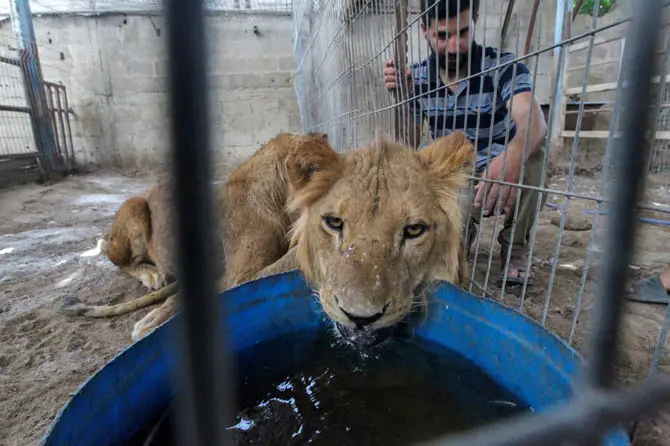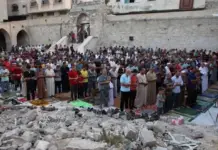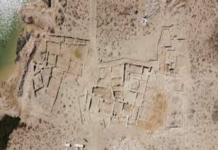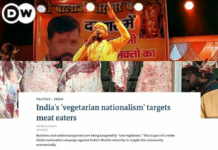
In a cowshed in Khan Younis, Gaza, zookeeper Fathi Ahmed Gomaa has established a temporary refuge for dozens of animals, including lions and baboons, after fleeing Israel’s offensive in Rafah.
“We moved all the animals we could, except for three large lions that remain in Rafah,” he said. “I ran out of time and couldn’t move them.” Gomaa had to abandon his zoo in Rafah when Israel ordered the evacuation of parts of the southern Gazan city.
Before the offensive, Rafah, situated on the border with Egypt, had been spared a ground invasion, and more than half of Gaza Strip’s population was sheltering there. Now, according to the UN, over 800,000 people have fled Rafah, including Gomaa and his family.
“I am appealing to the Israeli authorities: these animals have no connection to terrorism,” Gomaa said, seeking their help in coordinating with aid agencies to rescue the lions left behind in Rafah. He fears they won’t survive long on their own. “Of course, within a week or 10 days, if we don’t get them out, they will die because they’ll be left with no food or water.”
Gomaa has already lost several animals to the war: “Three lion cubs, five monkeys, a newborn monkey, and nine squirrels.” While the squawking of parrots fills the air, many of his other birds are no longer with him. “I released some of the dogs, some of the hawks and eagles, some of the pigeons, and some of the ornamental birds because we didn’t have cages to transport them.”
In the cowshed, Gomaa is making do with improvised fencing to raise the heights of the pens so that their new inhabitants, like spotted deer, can’t leap out.
Israeli troops began their assault on Rafah on May 7, despite widespread international concern for the safety of the 1.4 million civilians sheltering in the city.





